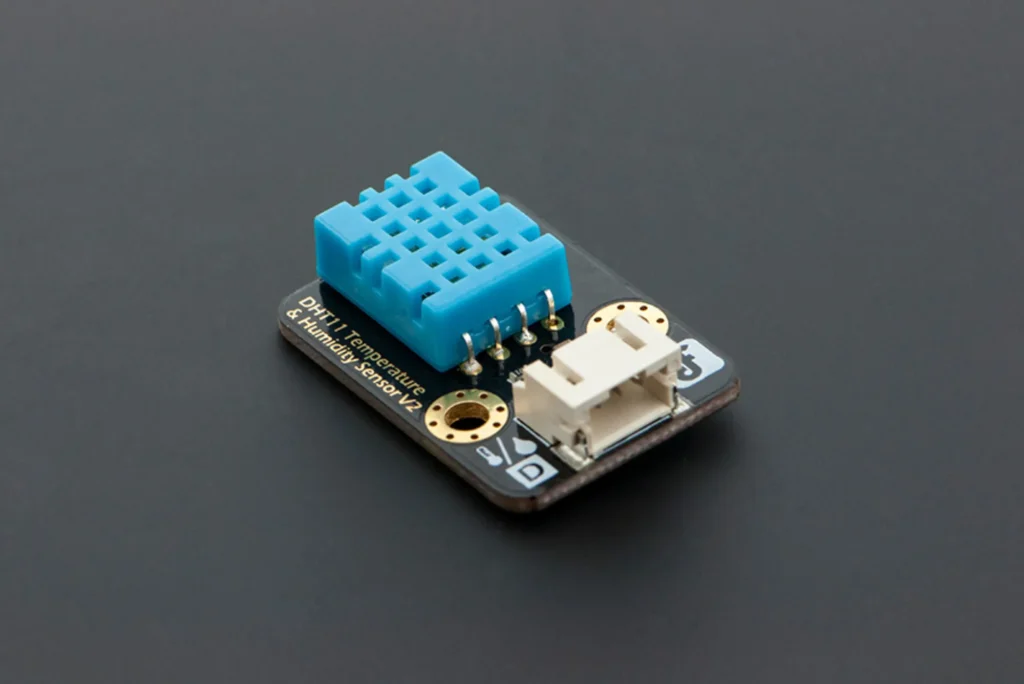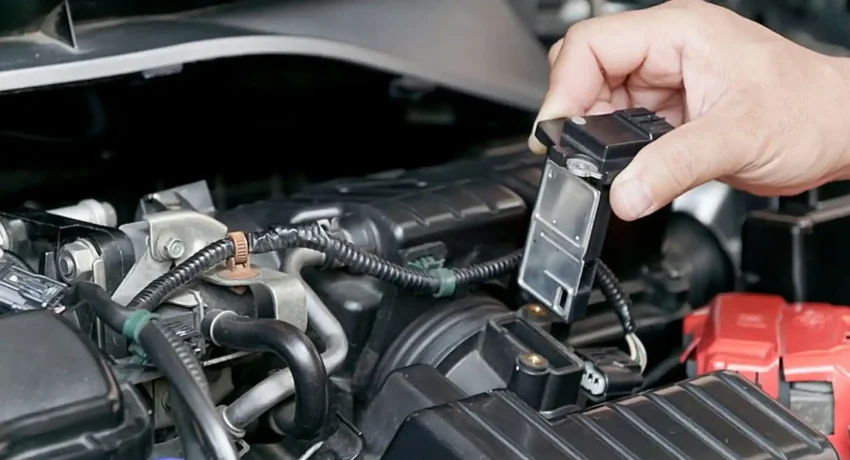The B121D error code is a diagnostic trouble code (DTC) that points to a communication failure in the humidity and in-car temperature sensor system. Modern vehicles rely heavily on advanced climate control systems to regulate the interior environment for optimal comfort. The humidity and in-car temperature sensor is a critical component in this system. When it encounters a communication issue, the efficiency of the heating, ventilation, and air conditioning (HVAC) system can be significantly impacted.
The primary function of the humidity and in-car temperature sensor is to provide real-time data about the vehicle’s interior conditions. This sensor monitors both the temperature inside the cabin and the moisture levels in the air. By transmitting this information to the HVAC control module, the sensor helps maintain a comfortable and safe environment for the vehicle’s occupants. A failure in communication between the sensor and the control module disrupts this process, causing potential discomfort and operational inefficiencies.
Causes of the B121D Error Code
The B121D error code can occur for various reasons. One of the most common causes is a faulty humidity and in-car temperature sensor. Over time, sensors can degrade due to wear and tear, leading to inaccurate readings or complete failure. Wiring issues are another frequent cause. Damaged, corroded, or frayed wires can interrupt the connection between the sensor and the HVAC control module, preventing data transmission. Similarly, loose or improperly seated connectors can result in intermittent communication failures.
Another potential cause lies in the control module itself. Software glitches or hardware malfunctions in the HVAC control module can impede its ability to process sensor data. Environmental factors, such as extreme heat, cold, or exposure to moisture, can also contribute to sensor degradation and communication errors. Recognizing these causes is essential for diagnosing and resolving the issue effectively.
Symptoms of the B121D Error
When the B121D error code is present, it often manifests through noticeable symptoms in the vehicle’s climate control system. One of the most common signs is a reduced ability to regulate the cabin’s temperature. Occupants may experience discomfort due to the HVAC system’s inability to maintain the desired settings. Another symptom is the fogging of windows, as the system fails to manage humidity levels effectively. Additionally, there may be inconsistent airflow or an overall decline in air conditioning performance.
In some cases, the vehicle’s dashboard may display a warning light, alerting the driver to the presence of a fault. Ignoring these symptoms can lead to further complications, as the underlying issue may worsen over time. Prompt attention is crucial to prevent more extensive damage to the climate control system.

Diagnosing the B121D Error
Diagnosing the B121D error requires a systematic approach and specialized tools. The process typically begins with retrieving the error code using a professional diagnostic scanner. This scanner can identify the B121D code and any related codes that may provide additional context about the issue. A visual inspection of the sensor, wiring, and connectors follows. This step is essential for identifying visible signs of damage, such as corrosion or physical wear.
Once the physical components are inspected, the functionality of the sensor is tested. Technicians use tools to measure the sensor’s output and verify that it operates within expected parameters. If the sensor is functioning correctly, attention shifts to the HVAC control module. The module is examined for potential software issues or hardware malfunctions. In some cases, reprogramming or updating the module’s firmware may resolve the problem.
Addressing the B121D Error
Resolving the B121D error involves addressing its root cause. If the sensor is found to be faulty, replacing it with an original equipment manufacturer (OEM) part is the most effective solution. Damaged wiring or connectors should be repaired or replaced to restore proper communication between the sensor and the control module. If the HVAC control module is determined to be at fault, it may require reprogramming, software updates, or, in some cases, complete replacement.
Environmental factors should also be considered during the resolution process. For instance, ensuring that the sensor is installed in a location protected from moisture and extreme temperatures can help prevent future errors. Technicians may also inspect seals and covers to ensure the sensor is adequately shielded from external elements.
Preventing Future Occurrences
Preventing the recurrence of the B121D error code involves proactive maintenance and care. Regular inspections of the humidity and in-car temperature sensors can help detect potential issues early. Vehicle owners should also pay close attention to the condition of wiring and connectors, ensuring they remain intact and free from corrosion. Keeping the HVAC control module software up to date can address potential glitches and improve compatibility with the sensor.
Environmental protection is another critical factor. Installing protective measures around the sensor can shield it from moisture and extreme conditions, extending its lifespan. Adopting these preventive measures reduces the likelihood of future communication errors and ensures the HVAC system continues to function efficiently.
Importance of Timely Repairs
Addressing the B121D error promptly is essential for maintaining the vehicle’s comfort and safety. Ignoring the issue can lead to further degradation of the HVAC system, potentially resulting in higher repair costs. Additionally, unresolved errors can compromise passenger safety, particularly in conditions where humidity management is critical for clear visibility through the windows.
By diagnosing and repairing the error quickly, vehicle owners can restore optimal performance to the climate control system. This ensures a comfortable driving experience and protects the integrity of essential vehicle components.
The B121D humidity/in-car temperature sensor communication error underscores the importance of reliable sensor systems in modern vehicles. Understanding its causes, symptoms, and solutions allows vehicle owners and technicians to address the issue effectively. By prioritizing timely repairs and preventive maintenance, drivers can ensure the continued functionality of their climate control systems and enjoy a safe, comfortable ride.








